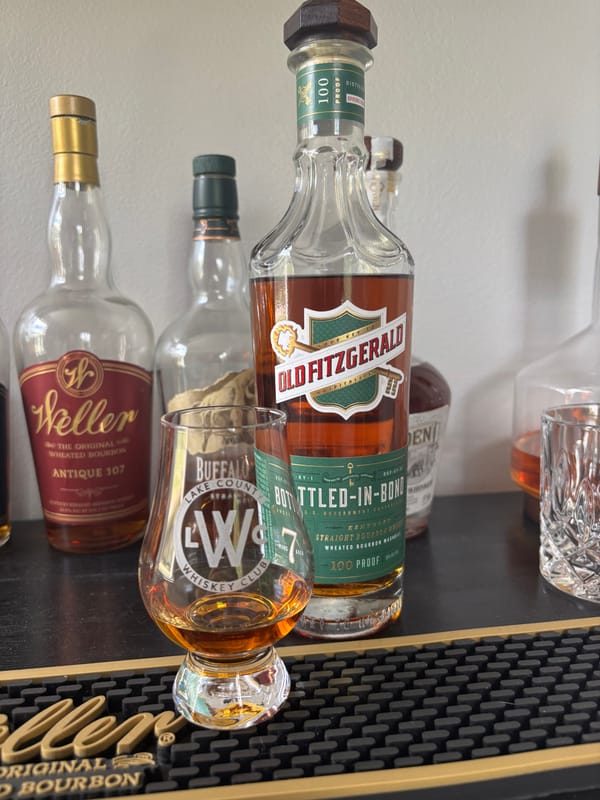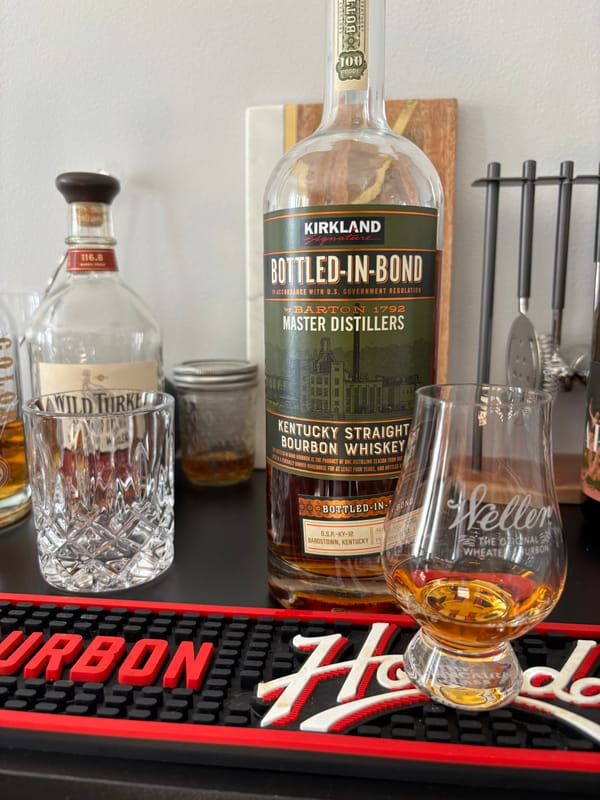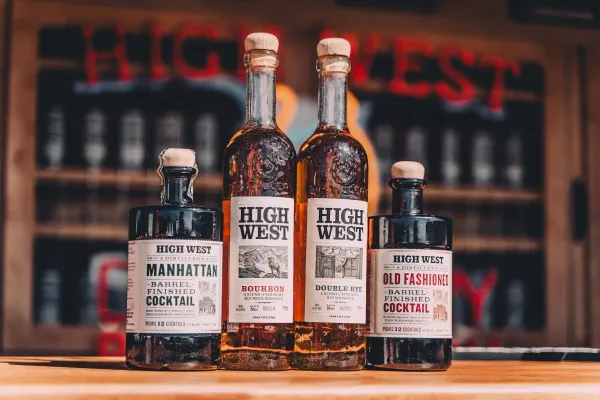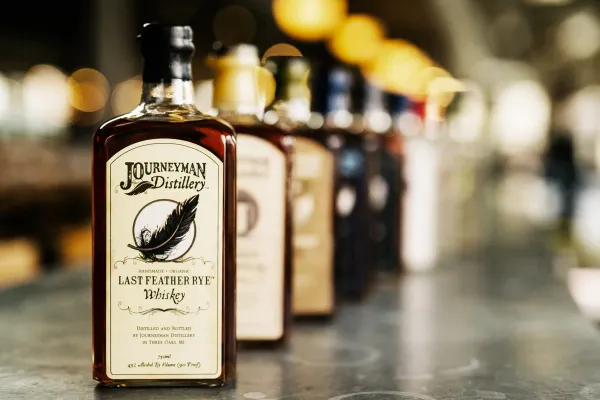The Aging Myth That’s Costing You Better Whiskey (And What to Grab Instead)

Aging whiskey sounds like a no-brainer—the older, the better, right? Wrong. That myth’s been draining wallets and steering you away from some of the best bottles on the shelf, and it’s time to set the record straight. Whiskey aging isn’t a straight line to perfection; it’s a tightrope, and plenty of younger drams outshine their overpriced, over-aged cousins. Here’s the real deal on why age doesn’t always equal quality—and the bottles you should snag instead to sip smarter in 2025.
Whiskey gets its flavor from oak barrels—fact, not fiction. When spirit hits wood, it pulls out vanilla, caramel, and spice over time, per studies from the American Society of Brewing Chemists. Bourbon needs at least two years in new charred oak to earn the name (U.S. Code of Federal Regulations, 27 CFR § 5.22), while Scotch requires three in any oak (Scotch Whisky Regulations 2009). But here’s the catch: too long in the barrel, and the wood takes over. A 20-year-old whiskey can turn tannic, bitter, and dry—think chewing on oak planks—while a 10-year-old might hit the sweet spot with balance and depth. Kentucky’s hot summers speed up aging compared to Scotland’s cool dampness, so a 12-year bourbon can taste as mature as a 20-year Scotch, per Whisky Advocate’s aging comparisons.
Take Four Roses Small Batch, around $35. It blends bourbons aged 6-10 years—none hitting double digits—yet delivers honey, fruit, and a spicy oak kick that won gold at the 2022 San Francisco World Spirits Competition. Compare that to a $150+ 18-year-old bourbon like Elijah Craig 18—often woody and over-oaked, per Breaking Bourbon’s 2021 review. The younger blend wins on taste and price, proving age isn’t the whole story. Four Roses keeps its mash bills high in corn and rye (exact recipes are proprietary), extracting flavor fast without decades in the barrel.
Scotch tells the same tale. Glenfiddich 12, about $50, ages in ex-bourbon and sherry casks for a crisp mix of pear, oak, and malt—smooth and vibrant, earning a Double Gold at the 2023 International Spirits Challenge. Stack it against a 25-year-old Glenfiddich ($500+), and the older one’s richer but often heavy with wood and less lively, per The Whiskey Wash (2022). Twelve years nails the balance—long enough for complexity, short enough to avoid oak overload. Scotland’s slower climate means 12 years still tastes youthful, not exhausted.
Rye’s no different. Bulleit Rye, aged 4-7 years and priced at $30, brings green apple, cinnamon, and a dry finish—lively and bold, per Distiller.com (2021). Compare that to a $100+ 15-year-old rye like WhistlePig Old World—deep, but sometimes muted by wood, per The Whiskey Shelf (2020). Bulleit’s shorter stint in oak keeps the rye grain’s spice front and center, not buried under barrel tannins. It’s 95% rye mash from MGP, distilled hot and fast, soaking up flavor in less time.
The myth costs you in cash and taste. A 2023 Whisky Auctioneer report shows aged whiskeys (15+ years) average 50% higher prices than 10-year-olds, yet blind tastings—like Whiskey Advocate’s 2022 showdown—often rank younger bottles higher for drinkability. Heat, humidity, and barrel type matter more than years. Kentucky’s climate ages bourbon 2-3 times faster than Scotland’s, per the Kentucky Distillers’ Association, while new oak (mandatory for bourbon) pumps flavor quicker than reused Scotch casks. A 10-year bourbon like Knob Creek ($35)—nutty, caramel, balanced—can outshine a 20-year Scotch for half the cost, per Bourbon Culture (2021).
So what should you grab? Four Roses Small Batch ($35) for bourbon—young, vibrant, affordable. Glenfiddich 12 ($50) for Scotch—crisp, not overdone. Bulleit Rye ($30) for rye—spicy, fresh, wallet-friendly. These aren’t guesses; they’re proven by awards and reviews. The San Francisco World Spirits Competition gave Four Roses gold in 2022; Glenfiddich 12 took Double Gold in 2023; Bulleit Rye is a consistent medalist at the International Wine & Spirits Competition (2022). Younger doesn’t mean cheap—it means smart.
Aging is a tool, not a trophy. Past 10-12 years, whiskey risks losing its soul to wood, especially in hot climates—fact, not opinion, backed by The Spirits Business’s 2022 aging analysis. Skip the $200 dust collectors and sip what’s alive. Want to find these bottles or more young gems that crush the myth? Head to NEAT: Whiskey Finder—it’ll help you track down what to try next based on taste, instead of age.





